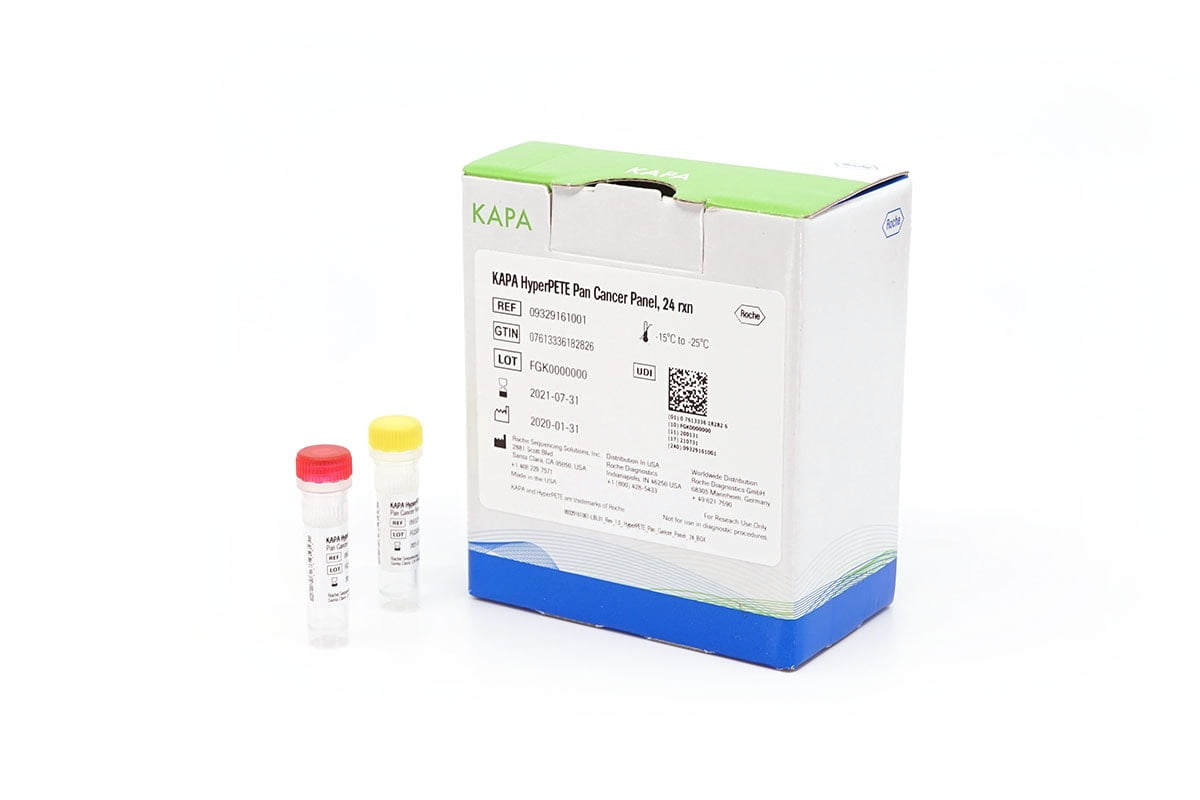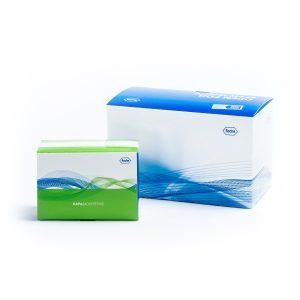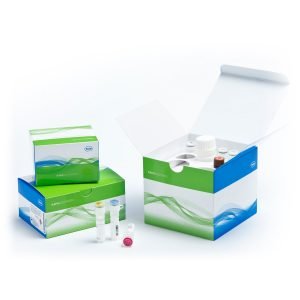HyperPETE is a primer extension target enrichment technology which combines the ease and speed of an amplicon approach with the quality of target capture. KAPA HyperPETE technology provides a single workday workflow for target enrichment. The integrated end-to-end offering makes for more efficient and effective processes, enabling you to shift your focus to what matters most.
Features and Benefits of KAPA HyperPETE Catalog Panels
- Better by design, using Roche’s renowned content and panel design expertise
- High uniformity for better sequencing efficiency with less optimization
- Readily available for fast delivery
Product highlights
KAPA HyperPETE Catalog Panels enrich with efficiency from cfDNA & FFPE DNA samples
- Increase your sequencing efficiency with high on-target rates
- Confidently detect all major variants with broad target coverage at high depth
- Increase your success and save precious DNA samples, adjusting your input amount by using the KAPA NGS FFPE DNA QC Kit
- Elevate your detection accuracy using the KAPA Universal UMI Adapter
Applications
KAPA HyperPETE Pan Cancer Panel enables targeted enrichment of a 302KB capture target region of the human genome containing – 1324 target regions: 86 cancer related genes and 190 MSI loci relevant to somatic oncology research applications. It is optimized to detect DNA mutations from FFPE and cfDNA samples. Additionally, by using KAPA NGS FFPE DNA QC kit to determine Q-score and adjusting inputs based on it; low quality FFPE samples can also be used.
KAPA HyperPETE Pan Cancer Panel includes primers targeting the genes MTOR, ARID1A, MPL, JAK1, NRAS, NTRK1, DDR2, DNMT3A, ALK, MSH2, MSH6, ERCC3, NFE2L2, IDH1, VHL, RAF1, MLH1, CTNNB1, SETD2, ATR, PIK3CA, FGFR3, PDGFRA, KIT, FBXW7, TERT, APC, RAD50, CSF1R, NPM1, ROS1, ESR1, PMS2, EGFR, MET, SMO, BRAF, EZH2, FGFR1, JAK2, CDKN2A, GNAQ, NTRK2, PTCH1, ABL1, TSC1, NOTCH1, RET, PTEN, FGFR2, HRAS, ATM, KRAS, ERBB3, CDK4, PTPN11, HNF1A, POLE, FLT3, BRCA2, RB1, AKT1, MAP2K1, NTRK3, IDH2, TSC2, ERCC4, CDH1, FANCA, TP53, NF1, RAD51D, ERBB2, BRCA1, RAD51C, BRIP1, SMAD4, STK11, GNA11, MAP2K2, JAK3, ERCC2, SRC, GNAS, SMARCB1, NF2 and 190 MSI targets.




